Bitcoin mining is referred to as the method of verifying Bitcoin transactions on the blockchain and generating new Bitcoin just like a central bank printing new fiat currency.
Here’s how Bitcoins are actually mined and the other factors related to Bitcoin mining.
Understanding Blockchain And Bitcoin
Before understanding how Bitcoins are actually mined, it is important to understand the concept of blockchain and Bitcoin.
Let’s look at blockchain as a general ledger, where all the cryptocurrency transactions are recorded. A blockchain is a kind of digital data structure which makes possible a ledger of transactions done digitally and share it among a distributed network of computers. In short, a blockchain is a way of digitally documenting data on a distributed ledger.
Bitcoin is made up entirely on a blockchain network, which tends to store and record transactions on a huge network of computers. Each block stores transactions, which are then added to the blockchain, only once it is verified and validated by miners. Post this, it is impossible to make any changes with the transactions as it is now already on the blockchain.
Digital currencies such as Bitcoin use the distributed ledger technology, which is a unique feature of blockchain technology as it ensures no records can be altered, and thus offers a much better transparency of transactions. The Bitcoin blockchain network uses the latest cryptographic algorithm techniques of SHA-256, which is responsible for converting the data into a unique string of characters.
What is Bitcoin Mining?
Bitcoin mining is a complex computational and technological process of validating the bitcoin transactions over the Bitcoin network. It is like a process of validating a block on the chain network and getting paid in Bitcoin.
People who are involved in this process of mining are known as miners. The reason why it is called ‘mining’, is because just like any other form of natural resources, there is a finite number of Bitcoins available. The maximum amount of Bitcoin that can be created or mined is 21 million. Just like real mining, in Bitcoin mining, one needs to invest energy in order to generate or create Bitcoins. And here, the energy is in the form of electrical energy to mine Bitcoins. The miners compete against each other to solve complex hash puzzles, which are encoded cryptographically to verify the blocks containing transactions.
In this race of guessing, whosoever becomes the first miner to guess the number gets a chance to update the ledger of transactions on the Bitcoin blockchain network and also receives a reward of newly-minted Bitcoins. It is to be noted that this guessing of specific numbers is all done by the computer. So, the more powerful a computer one has, the more guesses a miner can make per second, and thus it increases the chances of winning this race. Bitcoin mining is primarily done:
A) To bring new coins into circulation and validate ongoing transactions.
B) To check counterfeiting and double-spend.
C) Maintain the ledger in a decentralized manner.
How Does Bitcoin Mining Work?
Let’s break down the mining process to understand how it works and what is required to start the process:
Setting-up Of Powerful Hardware Resources
Before a miner can initiate the process of minting Bitcoins, they need to set up their own rigs in terms of powerful computer resources and other specific tools to solve the complex puzzles efficiently. As mining hardware, they would require either graphics processing units (GPUs) with advanced graphic cards, field programmable gate array (FPGAs), or application specific integrated circuits (ASICs) for efficient and effective mining.
At present, ASIC-based hardware is the most advanced and capable of creating huge amounts of hashes per second. However, such advanced hardware is costly and may range in thousands of dollars.
Installing Mining Software and E-Wallets
Other than powerful hardware requirements, miners need specific software such as CG miner, XMR miner, multiminer. Many of this software are free to download and can run on Windows and Mac computers. Once the software is connected to the necessary hardware, you are all set for Bitcoin mining.
The miner would also require an e-wallet to store their rewards as Bitcoins. A bitcoin wallets a digital place that facilitates in storing, transferring and accepting Bitcoin or other cryptocurrencies.
Mining Pool or Solo Mining
Miners can opt whether they want to mine solo or go for pool mining. As it is not that easy to mine alone, mining pools were invented. In a mining pool, groups of miners are formed together to deal with the growing difficulty of mining. Each miner is paid for their share of work.
Mining Bitcoins in a pool with combined computation power also promotes efficient mining with reduced mining difficulty to solve a block. This also promotes the participation of small miners to have a chance of earning Bitcoin, even though they will only receive a certain part of the reward.
More Miners = Reliable + more secured network
Start Bitcoin Mining Process
Once the setup is all done and a miner decides whether he/she wants to opt for a pool mining or solo one, next is, the miner is required to solve the complex mathematical hash puzzles to validate the transactions on a Bitcoin blockchain network. Let’s dig further to understand how a miner solve a hash puzzle and verifies a transaction:
When transactions are initiated in the Bitcoin network, then for each transaction, the cryptographic hash is created by the mining software, which bundles all the transactions together, needed to generate a block using the using the encryption SHA-256, it is a one-way function that converts a text of any measurement into a string of 256 bits. This grouping process is referred to as a Merkle tree or hash tree where each leaf node represents a block’s hash, and non-leaf nodes have the hash of their child nodes.
Further, all the blocks are connected using a “linked list” that points to memory addresses of previous and successive blocks, each containing the relevant transaction data.
Once the Merkle tree is generated, this transaction data is then administered and organized into blocks that have an address of their own by proof-of-work (PoW) algorithm. To be a validated block, it must contain PoW, which ensures that the blocks are mined at a specific speed while maintaining the integrity of the block.
As the proofing of these transactions are done, the block is added to the Bitcoin network and gets ready to be mined. The miners use this information further to crack a hash puzzle in order to verify a transaction. All the miners are indulged in the race of finding the hash for a specified target after analyzing the difficulty level.
This ‘complex specific target’ refers to finding a 64-digit hexadecimal number, called a hash which looks like this:
00000000000000000004b79c7879218f025311e5194557644b119d30220ca18f
So, every block has a unique hash associated with it and it is always a 64 digits number. The specific target hash is decided by the network after every 2,016 blocks. The aim is to maintain the mining difficulty so that a block gets mined every 10 minutes on average. The bitcoin mining difficulty is a measure of how difficult it is to find a hash below the target value. And, the hash rate defines the rate at which a miner’s computer is able to make a number of guesses per second.
The miner is constantly focusing on the string of numbers which is appended to the hashed contents of the previous block. And, if this new hash is less than or equal to the target hash, then it is accepted as the solution. Rest of the miners and Bitcoin security nodes check if the block is correct or not. If correct, then the block is added to the official Bitcoin blockchain network.
And whosoever cracks it first (the first miner), wins the block reward (currently 6.25 BTC per block) and being able to authorize the transaction on the blockchain.
What Are The Incentives For Bitcoin Miners?
Why would any miner perform the validation of transaction data without any incentives, especially when the mining and validation process incurs huge amounts of infrastructure and energy costs? Miners validates the transactions and solve the complicated mathematical puzzle as they are heavily incentivized with a reward of earning free Bitcoins and transaction fee (a certain percentage on the transactions the miner inserted into the block)
Bitcoin Miner Payment= Block Reward + Transaction Fees
At present, Bitcoin miners are awarded 6.25 Bitcoins for every block that is added on a Bitcoin blockchain network. When Bitcoin was launched in 2009, every block miner used to be rewarded 50 Bitcoins. Gradually, it got limited to 25 Bitcoins in 2012, 12.5 Bitcoins in 2016, and 6.25 Bitcoins in 2020. This process is known as Bitcoin halving, where the block rewards are split into half. It occurs after mining every 210,000 blocks, which takes around four years.
Bitcoin Halving Event: Timeline
The significance of the Bitcoin halving process is that it cuts down the Bitcoin’s inflation and circulation rate and thus, it helps in maintaining the stability of its value. The last Bitcoin halving event took place in May 2020, and the next one is expected to be scheduled in 2024.
Types Of Bitcoin Mining
Bitcoin mining can be done in several ways and forms, each delivering different levels of hashing power and block rewards. Here are the various ways that one can mine Bitcoin:
CPU Mining
When Bitcoin was launched in 2009 and was mined for the first time, it got mined via central processing units (CPUs), which is also known as the brain of a computer, containing all the circuitry required to process input and output results. In the early days of Bitcoins, it was easy to mine it via CPUs as there were only very few miners and Bitcoin was also at its infant stage.
GPU Mining
Gradually when the acceptance and popularity of Bitcoin increased over the time, along with the competition among miners, graphics processing units (GPU) mining came into the picture.
GPUs based systems, which are mainly used for gaming, modern video editing, proved to be more efficient for mining with better hash rate than CPUs. The first software for GPU mining was launched in 2010. However, the GPU mining of Bitcoin was fairly short lived and got replaced by a new kind of hardware- ASIC by 2015.
ASIC Mining
ASIC is a short for application-specific integrated circuit is a kind of hardware which is designed for mining cryptocurrencies only. It was launched in 2012, and proved to be 200 times more powerful than basic GPU miners. However, ASIC mining rigs are very expensive, with prices ranging from $2,000 to $15,000. With varying power consumption and electricity costs along with network difficulties, purchasing ASIC miners could be very high-priced.
FPGA Mining
FPGA stands for field-programmable gate array (FPGA), which is a better choice between GPU miners and ASIC miners in terms of speed and cost efficiency. FPGAs are also able to stabilize vigorous hashing power as they are not meant to be locked into mining a specific coin or algorithm like ASIC miners. The kind of hardware technology gives flexibility to the miner to reuse the set-up if they change your mining activity for something else. FPGA miners are good options for crypto enthusiasts that don’t want to invest huge sums on mining hardware.
Cloud Mining
This is a latest way of mining Bitcoins, where the miner can buy a cloud mining service or purchase a contract from a cloud mining provider who is specialized in cryptocurrency mining rigs. This facilitates the miner to mine Bitcoins without bearing the sunk costs and maintenance requirements of mining hardware set up. But one is required to be very cautious in order to choose a reputed cloud miner to avoid any kind of scams or frauds.
Is Bitcoin Mining Profitable?
Bitcoin mining may look profitable, but is it, really? The inventor of Bitcoin, Satoshi Nakamoto, has created Bitcoin mining into such an arrangement where the more powerful the mining network will be, the more difficult it would be to solve that mathematical problem. So, the difficulty process is adjusted with the combined mining power that the whole network possesses.
In simple words, if more miners will compete, the harder it would be to solve the puzzle. This arrangement was done to maintain the stability and create a steady flow of new Bitcoins to keep inflation in check. The mining difficulty is set that on an average a new block will be added in every ten minutes.
Mining Profitability Factors
As discussed above, the Bitcoin mining process is directly linked with rewards and thus people want to use it for high profits. However, it is not always so easy to turn your mining into a profitable one. So, consider and check the below mentioned factors which have the substantial impact on the mining profitability:
- Hash rate
- Block rewards
- Mining difficulty
- Electricity and power consumption charges
- Mining pool fees
- Bitcoin’s market price
Should One Mine Bitcoin?
Well, generally people think of Bitcoin mining as a profitable avenue of investment. However, it is to be noted that Bitcoin mining is certainly not a quick way to riches and at the same time one needs to be technically skilled and well-equipped to carry out the complex process of Bitcoin mining. It also requires huge investments in expensive equipment which is tagged along with high computational power as well as reliable internet and electricity. So, it is always advisable to test the waters before jumping in with your hard-earned money.

You can get bonuses upto $100 FREE BONUS when you:
💰 Install these recommended apps:
💲 SocialGood - 100% Crypto Back on Everyday Shopping
💲 xPortal - The DeFi For The Next Billion
💲 CryptoTab Browser - Lightweight, fast, and ready to mine!
💰 Register on these recommended exchanges:
🟡 Binance🟡 Bitfinex🟡 Bitmart🟡 Bittrex🟡 Bitget
🟡 CoinEx🟡 Crypto.com🟡 Gate.io🟡 Huobi🟡 Kucoin.


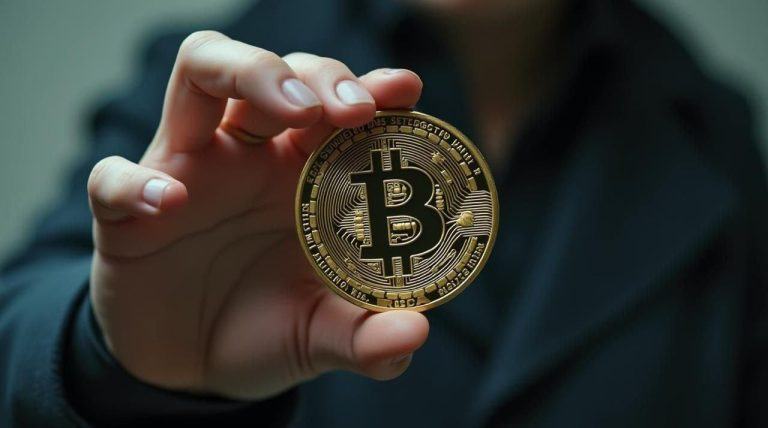









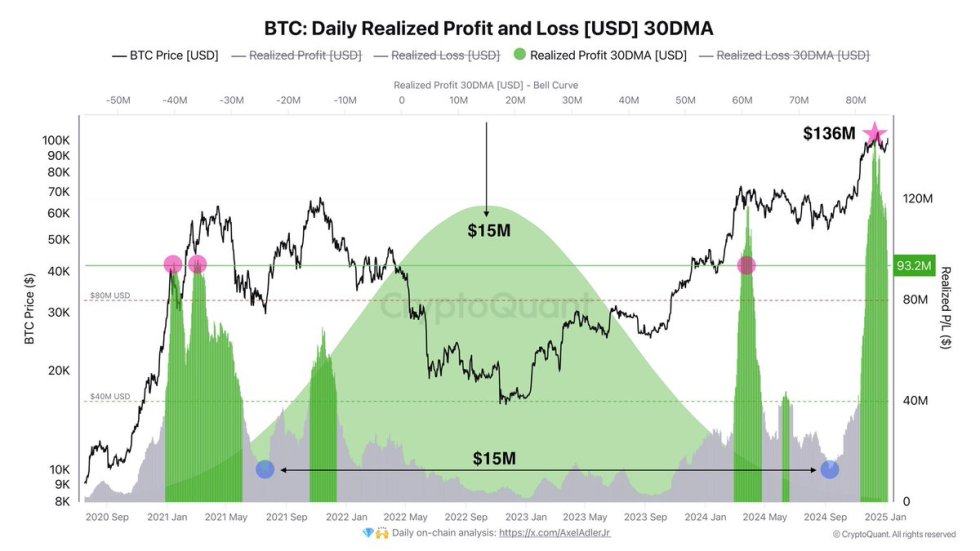
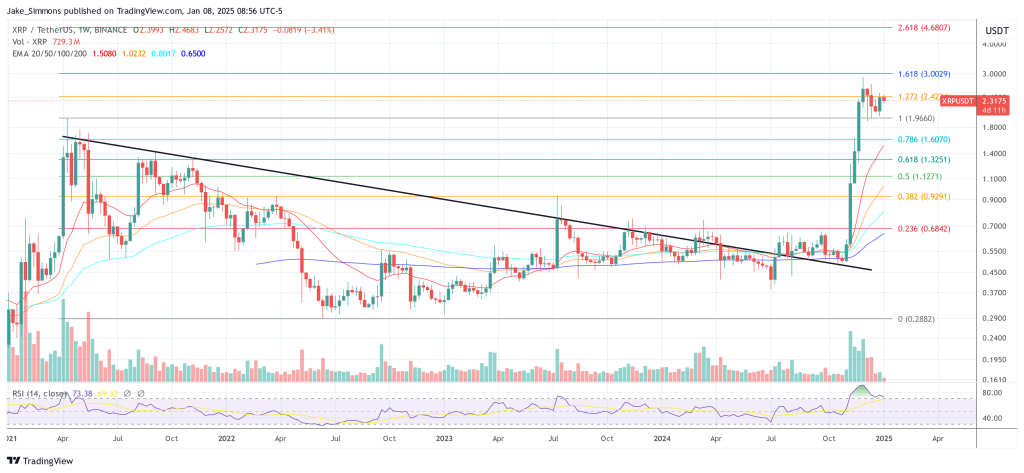


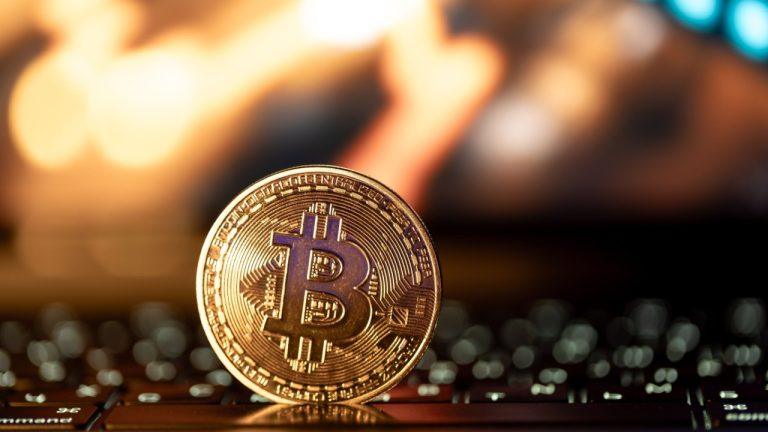
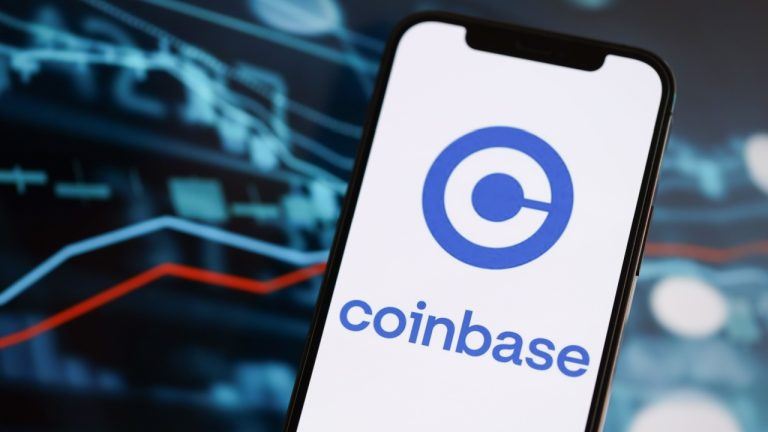
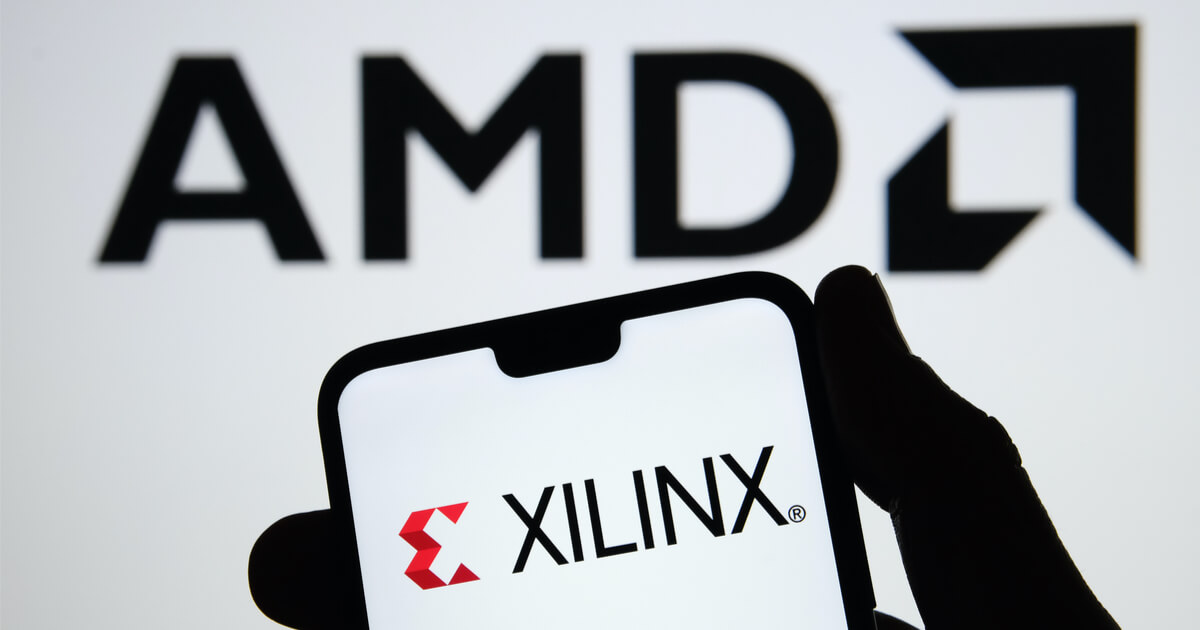
Comments